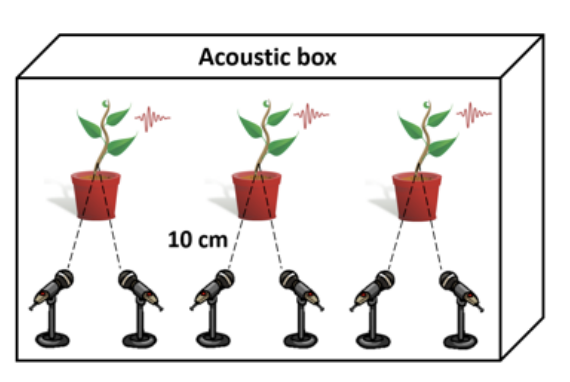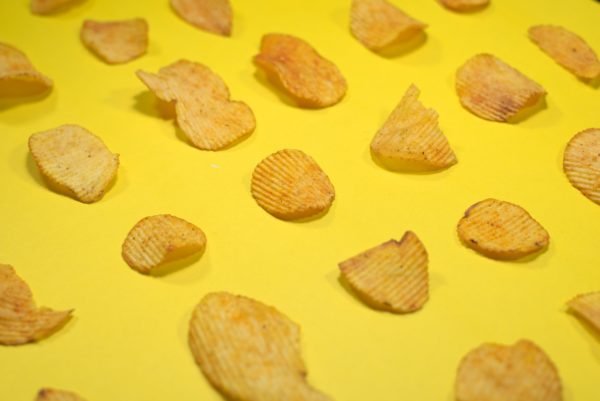First post – heck yea!!☕☕☕
I have been so excited to formally start writing about this that I haven’t been able to sleep lately. Good thing I have my fancy drip coffee setup to help me get through this and life in quarantine…

Coffee culture is super fascinating to me. After learning more about roasting and brewing coffee, I realized that I know quite a few people who are very particular about HOW to make a cup of joe. ☕ I used to be one of those basic people that would only drink iced coffee because my teeth were too sensitive and I never experienced how different coffee can taste.
This is an interesting parallel to working in audio because often times I find that people don’t appreciate and understand the value of good sound until they have the opportunity to experience it! 🤔

After being exposed to the wonderful world of experimenting with brewing coffee, I have been fully converted. At work we have formed a mini coffee club where we keep a log of how we controlled our brew of the day and we come up with a plan for how we will change our recipe the next day. I love seeing a bunch of engineers over-engineer brewing coffee. We have a small manual burr grinder and my coworkers are verrrry particular about how we grind our beans. Since it takes a while to manually grind coffee I offered to purchase a cheap electric grinder. But people did not approve of my choice (another tangent I could write about but I will not go it into to spare you) so our middle ground has been 3D printing drill bits to attach a drill to our current grinder.
One of our colleagues has also been experimenting with roasting his own beans and we have been providing him notes about our preferences with his roasting style.
What makes coffee tasty?
There are quite a few variables that contribute to how to make tasty coffee such as:
- Where the beans are sourced
- How the beans are roasted
- How coarse or fine the beans are grounded
- Ratio of ground beans to water
- Temperature of water
- Type of filter used
- How the water is poured over the beans
- Total brew time
- and more…
For our first post, we are going to focus on how coffee beans are roasted.
More specifically, what are the cracking sounds made from the beans and how does this contribute to the overall taste?

We will be reviewing a famous paper published in the Journal of the Acoustical Society of America by Dr. Preston Wilson from the University of Texas at Austin. For a while, this study was the number one viewed paper for the Journal online, which was amazing due to the contrast of the simple natured content versus the serious and academic reputation of the journal. It was just really unexpected which made it fun and almost “viral” in the academic community.
This paper is publicly available and if you want to geek out more after this, then feel free to read the whole study !
Let’s dive in.
The paper begins by explaining that the range of roast levels (light to dark) are controlled by the roast time and temperature. The progression of the roast process can be monitored by what is defined as the “first crack” and “second crack”. These sounds are loud enough to be audible with no supplemental amplification.
The first crack occurs when the temperature of the beans are roughly at 200 degrees Celsius. Each bean has its own time to shine and experiences its own aural signature. The first crack settles after two minutes and the acoustic output drops until the beans reach 230 degrees Celsius triggering the second crack. During the second crack the combination of the gasses emitted plus the internal heat causes the beans to burn, which gives the beans an overall darker taste profile.
I love how the paper compares the first crack to the sound of popping popcorn while they describe the second crack as more of “Rice Krispies in milk” sensation. I don’t know about you, but that is already starting to sound tasty to me…(Should we write about Rice Krispies? Let us know.) It is important to note that the cracks have different acoustic properties and this paper provides a qualitative assessment of those differences!
The study was done with a consumer-grade drum-based coffee roaster with a common blend of Arabica and Robusta beans used for espresso. A digital audio recorder was placed near the roasting machine to record the sounds of the beans during the first and second cracks and the recordings were post-processed to quantify the characteristics of the cracking profiles.

The first part of their analysis included breaking down the distribution of the amplitudes of the cracks. In other words, they analyzed the peak of how loud each crack was over time.

From this graph we can see that there were a larger number of louder events during the first crack compared to the second. The author proposed that from this peak acoustic pressure data there can be a simple algorithm to acoustically differentiate the first crack from the second. Pretty cool! Already we have determined how to listen for the cracks in regards to loudness.
The second part of their analysis included analyzing the spectral differences between the cracks. 10 individual cracks were sampled at random and a fairly low resolution FFT was applied.

I love this graph because we have a very clear distinction of the spectral differences between the first and second cracks! The first crack has a peak around 800Hz and the second crack has a peak at around 15kHz. These peaks are in very different frequency bands which means that you can train your ear to pick up the audible differences. YOU can become the roasting whisperer of coffee! ?
The last bit of analysis the paper covers is looking at the differences between the rates of cracking. Timing is everything as you would expect and once again the characteristics of the cracks are different.

Here we can see that the first crack of the roast typically occurs within the first 400 to 600 seconds and the second crack happens around 620 seconds to 730 seconds. It is interesting to note that the first crack has more LOUDER occurrences although the second crack happens more frequently. Refer back to the first graph where there were 62 instances of the first crack and 241 instances of the second crack.
So now that we have geeked out a bit, let’s summarize what we have learned today.
This paper highlighted three acoustical properties of the first and second cracks for roasting coffee beans.
- The first crack is audibly louder than the second crack by almost 15% in peak acoustic pressure.
- The first crack is spectrally lower in frequency than the second crack (800Hz versus 15kHz).
- The second crack proceeds at a higher rate than the first crack by a factor of 5.
COOL! So now you may be thinking, “What the hell? You just made me read all this random shit but how does this relate to taste??” Good question. Unfortunately this paper only covered a qualitative assessment of the physical roasting properties. I would have loved to see a second part of the study where they roasted beans with different controls (such as timing and number of cracks) and did a taste test to see what people prefer.

Coffee tasting is most definitely a THING. It is more formally known as “coffee cupping”. I have seen a few local coffee shops offer free cupping classes. It’s definitely a goal of mine to attend one of those. Maybe I’ll write a follow up post about it.
But, anyways, this leaves room for us all to experiment! Taste is obviously highly subjective and different people will prefer different types of roasts. Now that we understand how to listen for different acoustic properties we can better control the end result of our roast. This means we can learn how to LISTEN for tastier coffee beans. Once quarantine life is over and we can all get back to our “normal” schedules I think I will totally conduct some taste experiments in collaboration with my coworker that roasts his own beans. Maybe I’ll even get fancy and do some blind taste tests for my coworkers to investigate what are variables that our group thinks are tasty. Either way I’ll be sure to report back more of our results.
Sounds pretty tasty to me. Thanks for reading until the end and stay tuned for more!




3 Comments
Well done, can’t wait to read your Next article.
Vote for ASMR video on the sound of the cracking! Think it would be cool to hear, I’m super curious now.
FFTs and ASA papers tastily mixed in with Arabica and Robusta. I like it here; can see myself revisiting often 🙂